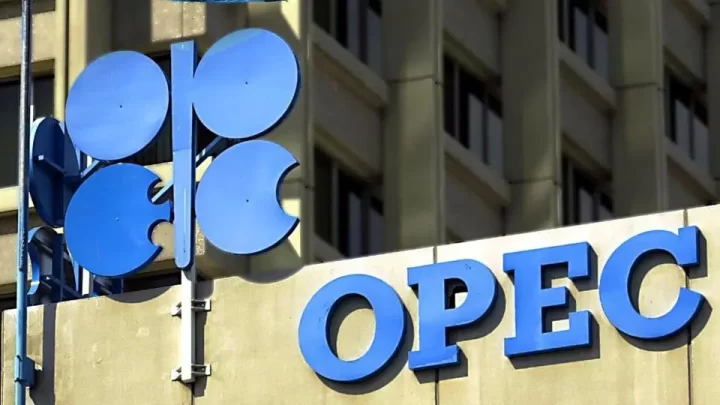In April 2025, the Organization of the Petroleum Exporting Countries (OPEC) experienced a slight reduction in oil production, averaging 26.60 million barrels per day (bpd), a decrease of 30,000 bpd from March. This decline occurred despite OPEC+’s planned output increase of 411,000 bpd for the second quarter of 2025. The discrepancy highlights ongoing challenges in aligning production targets with actual output.
Contributing Factors to the Output Decline
- Venezuela’s Production Drop: A significant factor in the output reduction was Venezuela’s sharp decline in oil production. This downturn was attributed to renewed U.S. sanctions aimed at curbing the country’s oil exports, including the cancellation of cargoes to Chevron. These sanctions have had a pronounced impact on Venezuela’s ability to maintain its oil production levels.

- Iraq’s Compliance Challenges: Iraq, under pressure to adhere to OPEC+ quotas, faced difficulties in aligning its production with agreed targets. While the country made efforts to reduce output, it did not fully comply with its pledged cuts, contributing to the overall decline in OPEC’s production.
- Libya’s Output Reduction: Libya, which is exempt from OPEC+ production cuts, experienced a decrease in oil output. This reduction was due to operational challenges and disruptions within the country, affecting its production capacity.
Iran’s Production Increase
In contrast to the overall trend, Iran recorded the largest output increase among OPEC members in April. Despite facing stringent U.S. sanctions, Iran’s oil exports have shown resilience, with minimal impact on its production levels. This uptick underscores Iran’s ability to navigate external pressures and maintain its position within the global oil market.
Market Implications
The slight decline in OPEC’s oil output, coupled with the planned production increase for the second quarter, indicates a complex balancing act within the organization. While some members struggle with compliance and external challenges, others, like Iran, continue to bolster their production. This dynamic could influence global oil prices and market stability, as OPEC+ navigates the intricacies of supply adjustments and geopolitical factors.
Conclusion
OPEC’s April 2025 oil output decline highlights the organization’s ongoing challenges in aligning production targets with actual output. Factors such as geopolitical tensions, compliance issues, and operational disruptions play significant roles in shaping OPEC’s production landscape. As the organization moves forward, addressing these challenges will be crucial in maintaining market stability and meeting global oil demand.
Support InfoStride News' Credible Journalism: Only credible journalism can guarantee a fair, accountable and transparent society, including democracy and government. It involves a lot of efforts and money. We need your support. Click here to Donate
